What should I do if I want to practice calligraphy but have no foundation? 15 Calligraphy Practice Network tells you that if you want to practice calligraphy without a foundation, you have to start from scratch. Then start with practicing basic strokes. You must know that even good-looking calligraphy can be learned stroke by stroke. This kind of calligraphy practice As long as you master the appropriate structure of calligraphy practice, your calligraphy practice without foundation will improve very quickly. Let's take a look at how to write strokes better.
Pause: The pen tip pauses briefly on the paper and presses lightly.
Line pen: Line the pen with normal strength on the paper.
To close the pen: Gently draw it back, and then quickly leave the pen tip off the paper.
Horizontal strokes are the most basic strokes in Chinese characters. Through the study of short horizontal strokes, we begin to feel the priority of strokes, which is the basis of strokes. Beginners should feel it carefully when they first start learning. Spending more time can lay the foundation for subsequent learning.
When learning strokes, pay attention to practice with fan characters
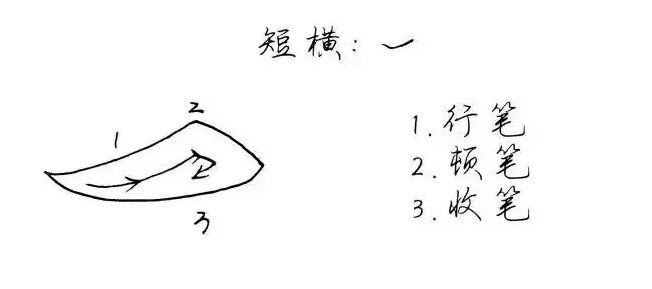
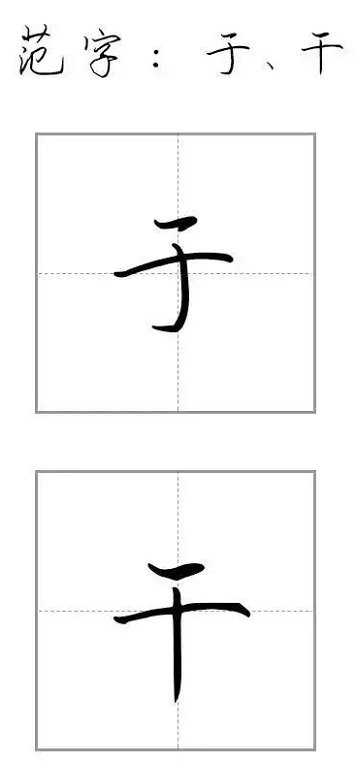
Changpingheng
Pause: The pen tip pauses briefly on the paper and presses lightly.
Line pen: Line the pen with normal strength on the paper.
To close the pen: Gently draw it back, and then quickly leave the pen tip off the paper.
Chang Ping Heng is generally used as the main stroke of a character, which is the most conspicuous stroke, so Chang Ping Heng should be written in a smooth and straight manner.
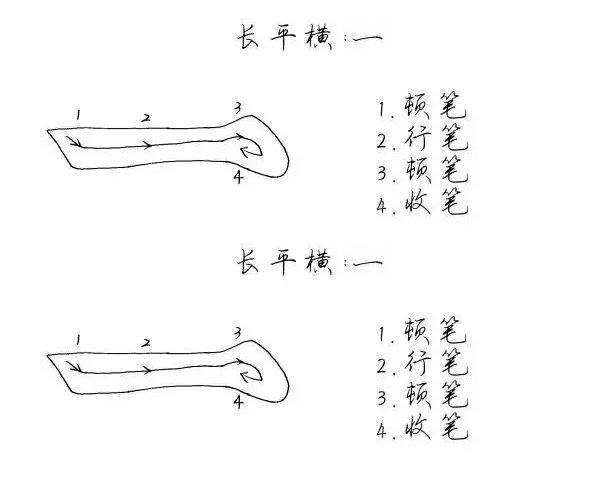
vertical dew
Pause: The pen tip pauses briefly on the paper and presses lightly.
Line pen: Line the pen with normal strength on the paper.
Pause: pause slightly and press lightly.
To close the pen: Gently draw it back, and then quickly leave the pen tip off the paper.
The frequency of use of hanging dew and vertical is particularly high. Generally, vertical paintings are written with hanging dew and vertical.
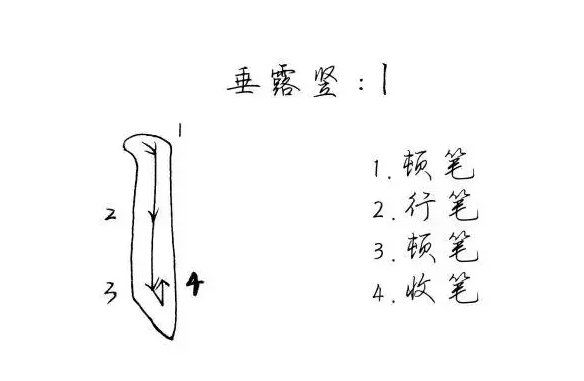
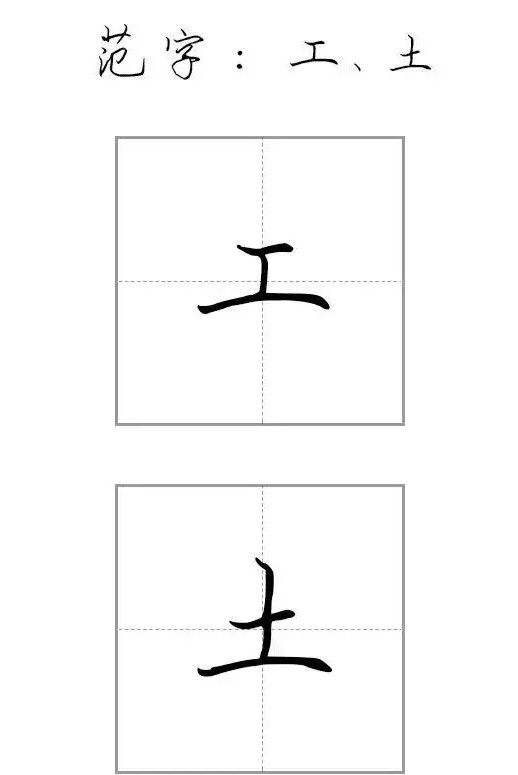
Hanging needle vertical
Pause: The pen tip pauses briefly on the paper and presses lightly.
Line pen: Line the pen with normal strength on the paper.
Lift the pen: Lift the pen upward to reduce the contact area between the pen tip and the paper, and then write lightly and quickly.
This is the first time we have learned pen sharpening. It requires more practice to achieve the effect of sharpening.
Pay attention to distinguish the usage of hanging needle vertical and hanging dew vertical: only when the vertical stroke is the last stroke, the hanging needle vertical is used, in other cases, the hanging dew vertical is used. The hanging dew vertical can replace the hanging needle vertical, but the hanging needle vertical cannot replace the hanging dew vertical.
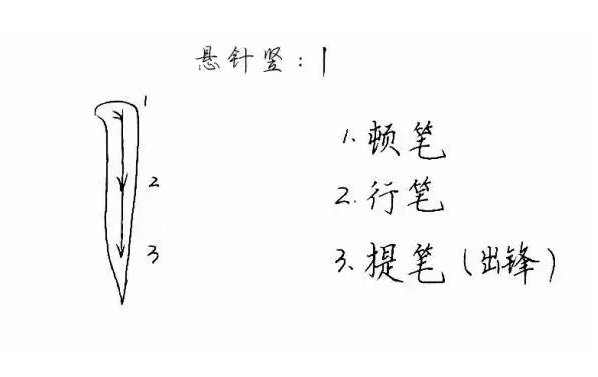
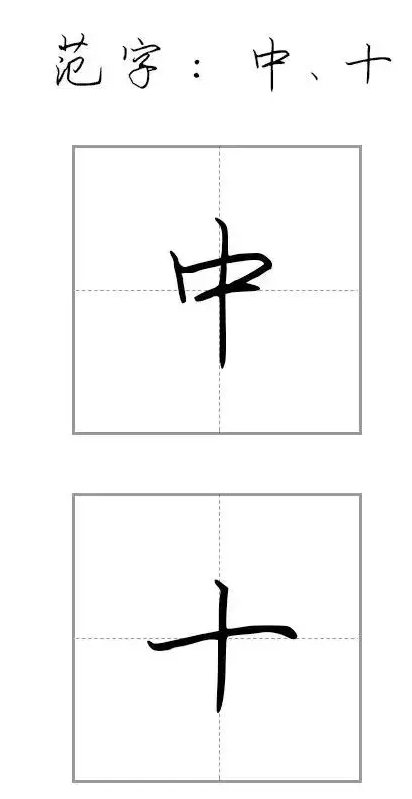
Hook
Pause the pen: Stop the pen tip on the paper for a moment and press lightly.
Stroke: stroke with normal strength.
The stroke is striking: pause at the bottom and make an upward hook. The hook should not be too long.
For strokes with vertical strokes, the vertical strokes should not be written too straight or crookedly. Make sure that the vertical strokes are near a straight line. In vertical paintings, one character is often the main character, and the characters must be written in an upright and straight manner so as not to be crooked.
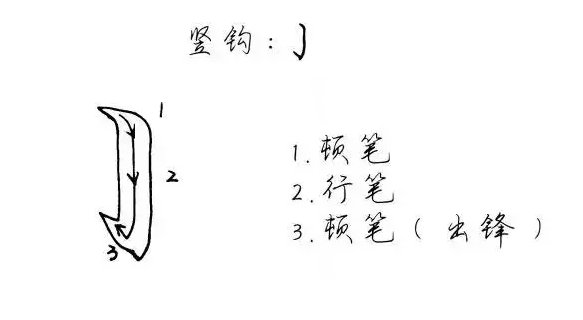
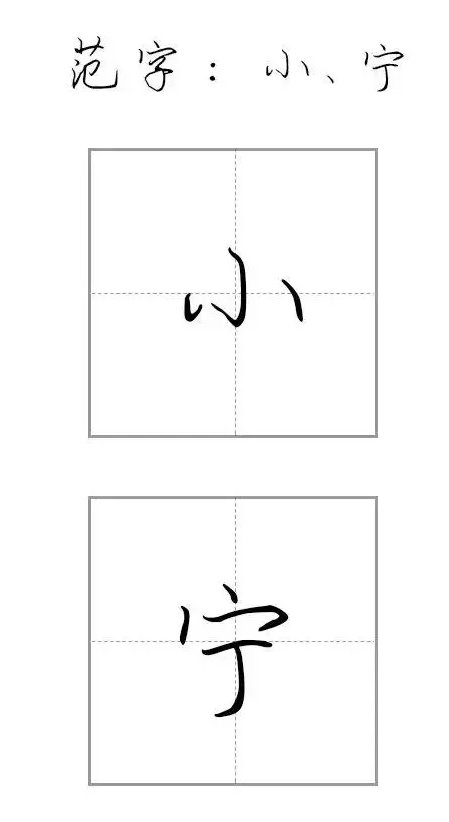
vertically
Pause: The pen tip pauses briefly on the paper.
Line pen: Line the pen with normal strength on the paper.
When writing vertical strokes, pay attention to where to start changing the angle of the stroke. Pay attention to the word "Fan" on the field grid, and use the auxiliary lines to observe the length of the vertical stroke, the position where the stroke direction is changed, and the angle of the "stroke".
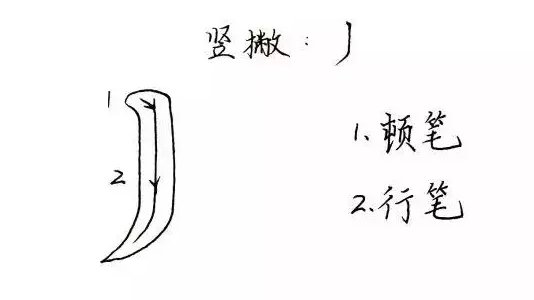
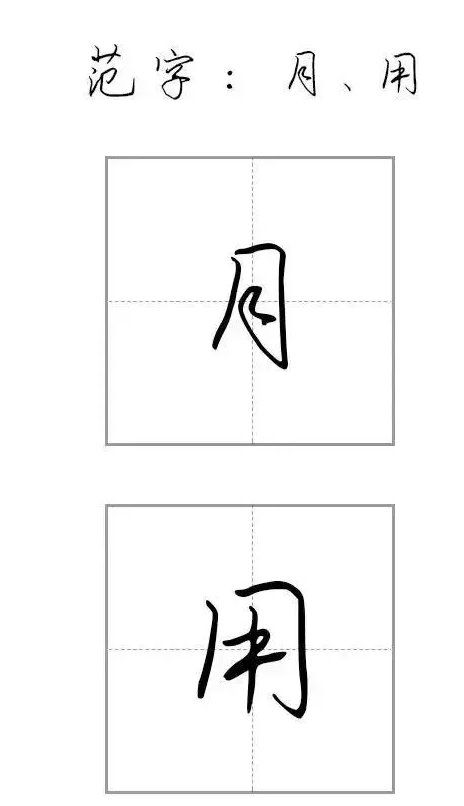
short sideways
Pause: The pen tip pauses briefly on the paper.
Writing strokes: Use normal strength to draw strokes on the paper. When writing, be careful to be quick in order to make the right move.
Note that horizontal short strokes are generally written slightly flat.
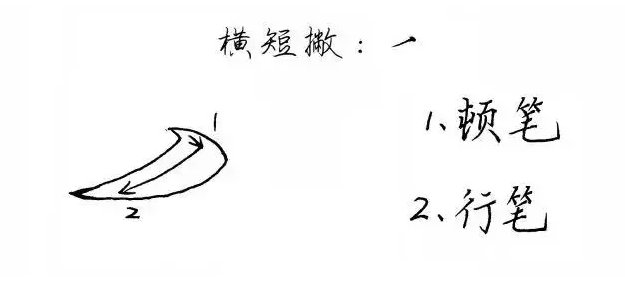
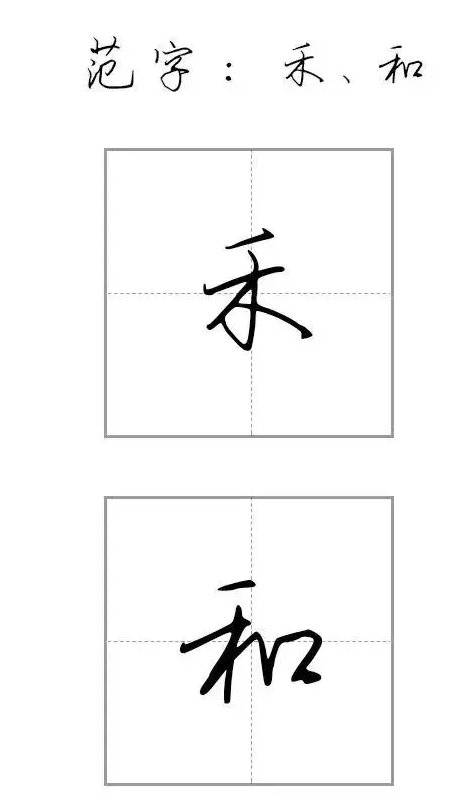
long
Pause: The pen tip pauses briefly on the paper and presses lightly.
Stroke: Use normal strength to draw strokes on the paper. Note that the strokes must be fast in order to be effective, but do not relax the control of the strokes, otherwise the strokes will be too long or appear weak.
The angle of the long stroke is generally the same as the diagonal line of the rice-zig grid, so it will be much easier for you to practice calligraphy using the rice-zig grid. If you use the field-zig grid, you need to add an auxiliary line in your mind.
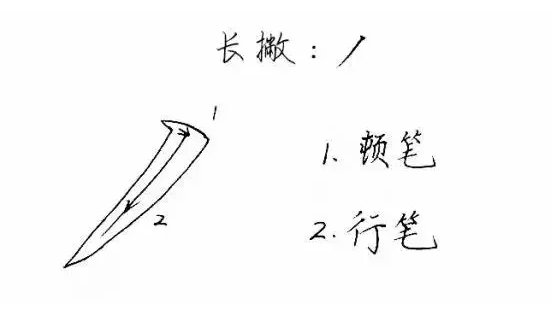
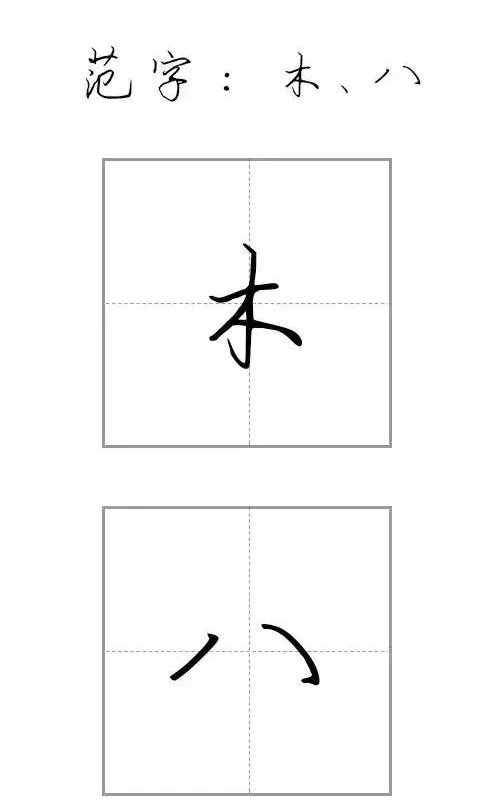
slant
Pause: The pen tip pauses for a moment on the paper and presses lightly.
Stroke strokes: Pay attention to the angle of stroke strokes.
Pen stroke to strike: When approaching the end, pause for a moment, then quickly lift the pen to strike.
When painting, you should pay attention to the twists and turns, but do not overexaggerate.
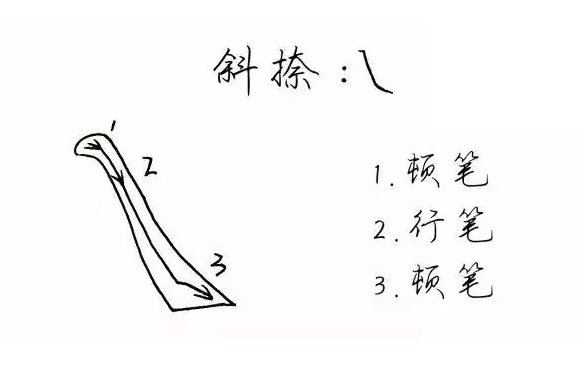
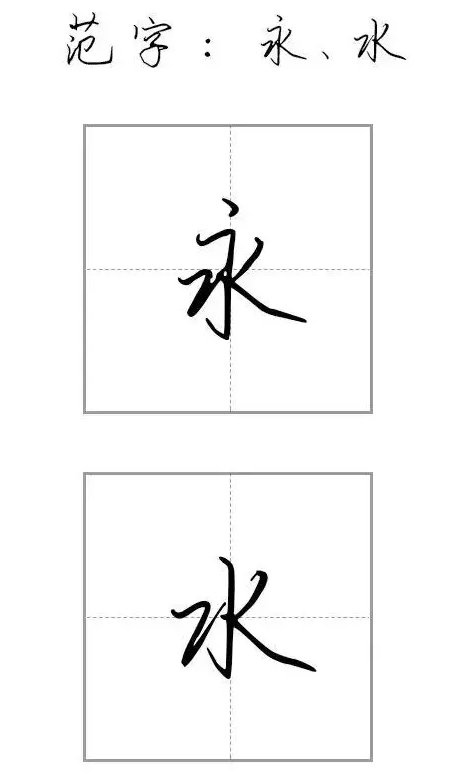
flatten
Pause: The pen tip pauses briefly on the paper.
Stroke: Stroke with normal strength, paying attention to the angle.
Make a sudden strike: Pause slightly when approaching the second half, and then strike quickly.
You should also pay attention to writing a sense of twists and turns when writing flat, but not too exaggerated. Compared with diagonal writing, flat writing is more horizontal.
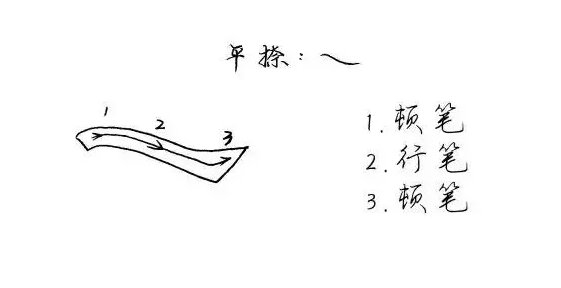
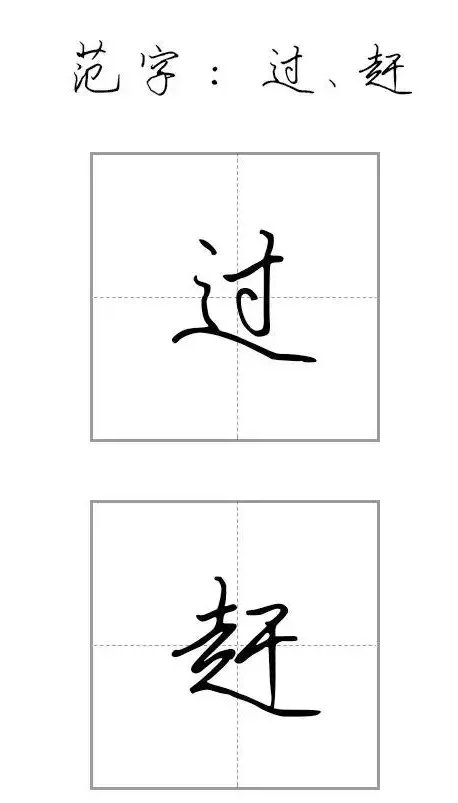
Strokes are the beginning of a word. When learning, beginners should pay attention to the details of stroke practice and not be too exaggerated. Moreover, this method of practicing calligraphy, whether it is a hard pen or a brush, is very suitable for polishing the basics of beginners.








